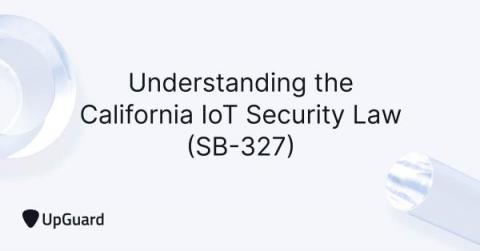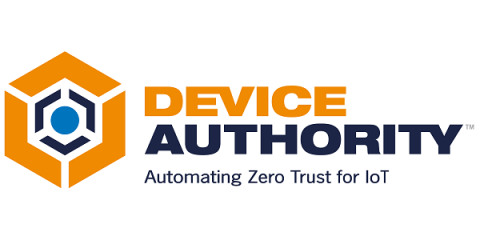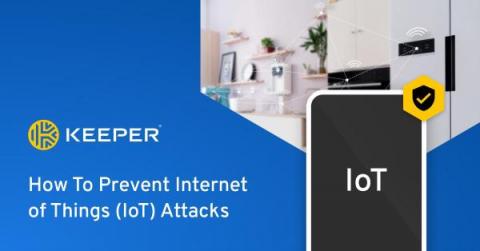Security | Threat Detection | Cyberattacks | DevSecOps | Compliance
Latest News
Device Authority embraces transparency and international standards as the White House Names SBOMs as key pillar of Cybersecurity Implementation Plan
In a significant stride towards strengthening cybersecurity practices and protecting the nation’s digital future, the White House has issued a formal National Cybersecurity Implementation Plan, and named the 5 pillars that it believes are critical to successfully implementing its cybersecurity strategy.
Unlocking the Potential of Artificial Intelligence in IoT
Imagine a world where IoT devices not only collect and transmit data, but also analyse, interpret, and make decisions autonomously. This is the power of integrating artificial intelligence in IoT (AI with the Internet of Things). The combination of these two disruptive technologies has the potential to revolutionize industries, businesses, and economies.
How To Prevent Internet of Things (IoT) Attacks
Smart devices are amazing, and they make our lives easier. Smart light bulbs for your home allow you to change the color and schedule lights to turn on and off based on your activities. Internet-connected cameras allow us to monitor our homes with phone apps. Unfortunately, even a device as simple as a light bulb connected to your WiFi can be a gateway for cybercriminals to launch an attack. It happens, and it can happen to you.
Understanding Zero Trust Security: Principles, Benefits and Architecture
Imagine a world where you trust no one, not even those closest to you. Sounds harsh, right? But when it comes to cybersecurity, this exact mindset is the driving force behind the Zero Trust Security model. This revolutionary approach to security is challenging traditional perimeter-based methods, focusing on securing users, devices, and data – no matter where they are. Ready to uncover the secrets of Zero Trust Security? Let’s dive in!
Understanding the Zero Trust Security Model
Are you looking for ways to transform your organization’s network security for the modern era? Zero. Zero. Trust security offers a cutting-edge approach that eliminates implicit trust and requires continuous verification of users and devices. Dive into this comprehensive guide and discover how Zero Trust can revolutionize your security posture and protect your valuable resources.
KSaaS has made device and data trust more accessible, affordable and scalable than ever.....and we've got a global Microsoft award to prove it!
The reliance on connected devices in today’s interconnected world has become a necessity for any business wanting to capture and relay timely data to drive efficiency, performance improvements and commercial advantage. Trust in the devices and data is paramount and so it is no surprise to us at Device Authority that the launch of our Keyscaler-as-a-Service solution has been so successful and, this week has achieved us the accolade of Microsoft Rising Azure Technology Partner of the Year.
Exploring the Artificial Intelligence of Things (AIoT) in 2023
Imagine a world where smart systems seamlessly integrate with each other, making decisions and optimizing operations autonomously. This is the power of the Artificial Intelligence of Things (AIoT), a new technology that combines artificial intelligence (AI) and the Internet of Things (IoT) to create intelligent, connected systems that analyse data, learn, and make decisions. In this blog post, we’ll explore the remarkable potential of AIoT and its applications in various industries.
Deliver and Manage PKI Certificates from the Cloud to IoT Devices
Unlocking the potential of the Internet of Things (IoT) requires a secure and efficient way to manage digital certificates. Enter PKI, or Public Key Infrastructure. This powerful technology has been at the forefront of securing communications for years, but now it’s taking on a whole new level by being delivered from the cloud.
Device Authority's Certificate Lifecycle Management Platform
In today’s digital landscape, where security breaches and data vulnerabilities are rampant, organizations must be equipped with robust measures to protect their valuable assets. One critical aspect of cybersecurity is managing certificates effectively throughout their lifecycle. But what exactly is Certificate Lifecycle Management? And how can it benefit your business?





